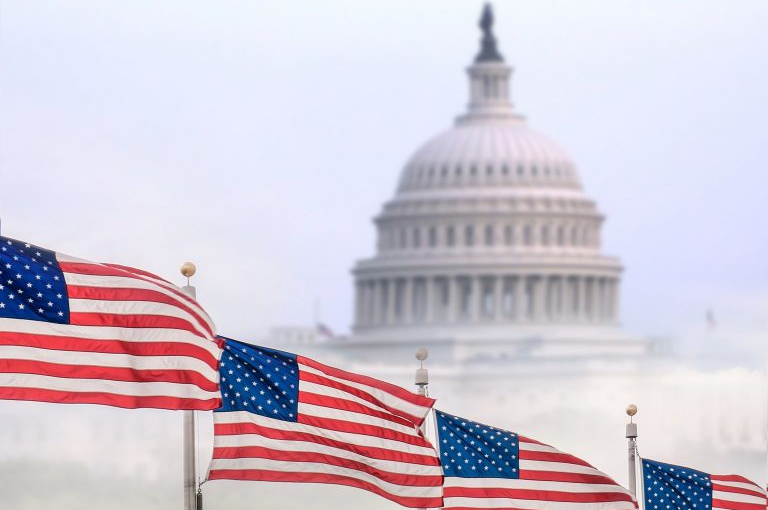As pressure begins to mount, the Commercial Drone Alliance (CDA) has urged the United States Federal Aviation Administration (FAA) not to rush the proposed beyond visual line of sight (BVLOS) rule.
The public comment period ended yesterday (October 6) and there are concerns that the US government shutdown, now approaching its seventh day, will affect the FAA’s progress on the Normalizing Unmanned Aircraft Systems Beyond Visual Line of Sight Operations rule.
“We support the efficient finalisation of this rulemaking, however it is integral that the agencies get their rules right, not just fast,” CDA said. “An ill-suited rule would do more harm to drone integration than help.”
The Alliance says the final BVLOS rule must:
- Account for Costs and Benefits.
- Modernisation of commercial drone regulations will provide a clear avenue for growth, strengthening the economy through improved safety, reliability, and efficiency, benefiting all corners of American society. The costs of requirements in the BVLOS rule must be well-articulated and appropriately compare the benefits of this rule with the high costs of over-regulation.
- Provide a Foundation for Growth.
- A successful rule will maintain operability for the variety of operations today, while providing a framework for industry growth in the future.
- Implement Performance-Based Requirements.
- Regulations should be flexible and technologically aware, enabling industry standards to reflect technological capabilities to safely mitigate air and ground risk.
- Reflect the Unique Nature of the Commercial Drone Industry.
- The drone industry differs in key ways from legacy aviation, given the speed of technological innovation combined with the fact that drones have no humans on board. The drone regulatory framework should reflect the realities of the drone industry.
- Promote Airspace Modernisation.
- Recognise and enable safe, highly autonomous operations to unlock the societal and economic benefits of the low altitude economy.
- Focus on Enabling Commercial Operations—Not Stopping Criminals.
- The commercial drone industry takes security seriously. All technology can be used for good or bad, and drones are no different. The BVLOS rule is intended to enable the good. While we support common sense security measures for the drone industry, those exist outside the scope of this rulemaking and should be separate.
In CDA’s full response to the proposed ruling, it calls for a technology-aware, flexible, and performance-based framework based on industry consensus standards to balance air and ground risk.
“UAS operators have employed a variety of effective methods for reducing operational risk through waivers and exemptions,” the response notes. “The rule must preserve the ability for manufacturers, operators and regulators to work collaboratively on reducing risk through innovative solutions and technological progress. A performance-based rule will adapt to the rapid evolution of UAS technology, and the ability to accommodate new technologies will reduce the need for exemptions.”
For more information
Full CDA comment on the proposed rulemaking
Image: Shutterstock




